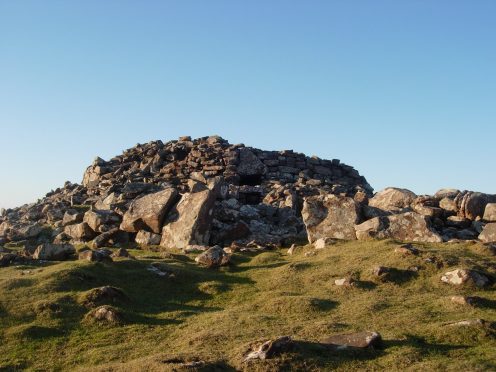Plans have been revealed for a viewing deck to be installed at a popular Iron Age Highland broch.
The development at An Dun broch in Lochinver – known as the Clachtoll Broch – will enable visitors to view the inside of the structure following recent works to clear debris.
It will also offer protection to the vulnerable tops of the existing walls where previously visitors have been able to climb the western section of the broch and the walls have been substantially eroded.
The proposal by Historic Assynt is recommended for approval by planning officials to this week’s north planning committee.
The application has had both local support and opposition.
A report by Highland Council’s acting head of development management John Kelly said: “The proposal will have minimal visual impact whilst seeking to prevent further damage to the monument from the activities of visitors.”
However those opposed claim a lack of parking facilities with result in inappropriate parking damaging the local environment.
The Scheduled Ancient Monument is located on the coast to the west of the settlement of Clachtoll and overlooking the Bay of Stoer.
The viewing deck would enable visitors to view the excavated interior of the broch and to act as a disincentive for visitors to climb its walls, reducing erosion to the drystone wall-heads while still enabling visitors to access the monument.
Visitor access to the site is generally on foot from either the cemetery to the north or from Clachtoll Beach campsite to the south.
The historic broch is on an elevated rocky knoll on the coastline of Assynt.
Historic Environment Scotland describes the broch in its schedule of monuments as a roughly circular drystone-walled structure dating from the Iron Age – between 600BC and 400AD.
It measures approximately 55ft in diameter with a wall thickness averaging 13ft.
The preferred option is a design featuring a series of steps leading to a viewing platform.
It would be concealed from the most popular approach point from the east and is designed to accommodate up to 20 adult visitors at any one time.
The deck would be constructed of steel with a galvanised handrail about 1.1m in height with wire mesh infill.
Steel columns and steel cross ties would anchor the structure to the ground.










